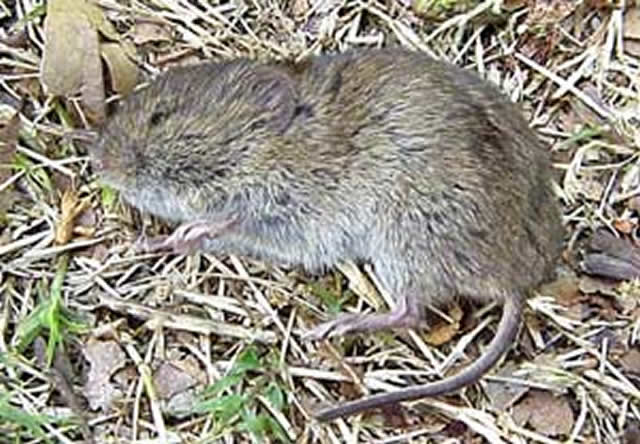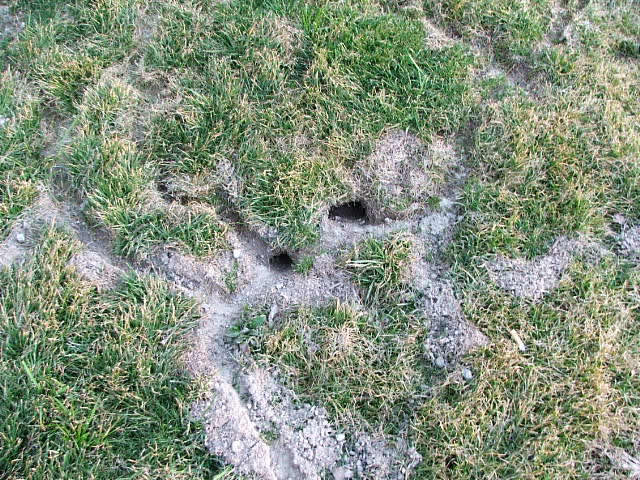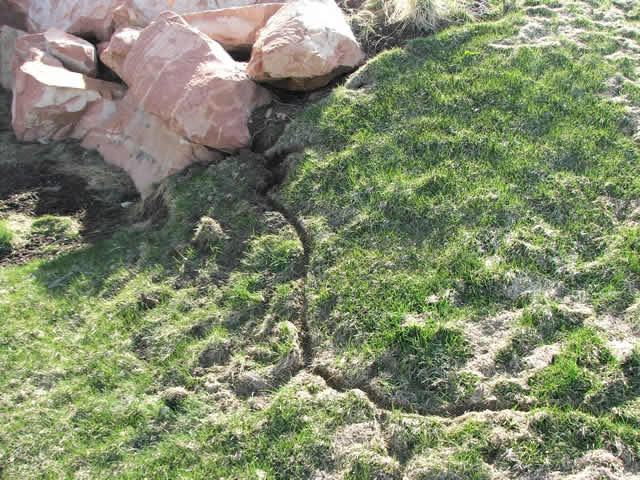For a while, there, I thought I was dealing with some kind of supernatural force when I went out on the call for dead vole removal. I’m a rodent exterminator, and sometimes I get calls to remove dead animals. A homeowner will discover a dead rodent rotting in their house or yard, and they’ll call me to remove the dead animal so it won’t spread diseases or attract vermin or flies. Sometimes, it’s the smell that bothers a homeowner, and sometimes it’s the worry that their children will pick up the dead rodent and get sick.
So, I got a call from a local daycare. When the first teacher arrived that morning, they’d discovered a dead vole in the middle of the children’s play area, and she asked if I could rush over and remove the dead vole and sanitize the area. She didn’t want any of the kids to get sick, and she also didn’t want any of the parents to see a dead rodent on the property. I agreed and rushed over there early, before my first appointment for the day.
When I got there, I had the teacher show me where the animal was. It looked like it had maybe died the night before, maybe a cat or raccoon had caught it in its jaws and then been interrupted before it feasted on the little animal. Whatever the cause of death, it was definitely dead. The teacher accompanied me to my truck, where I put on my protective gloves and took out my gear. It would be a fairly simple job, but she was right to call me. No reason to expose her or any of the children to disease or any parasite that might be feasting off the carcass. No matter how small the animal, a dead animal must be handled correctly and the area should be de-contaminated.
When we got back to the play area so I could perform my dead vole removal duties, though, the thing had moved. It was now about 3 inches closer to the trees. I shook my head and figured that maybe I was wrong, but then the teacher squealed. She swore she saw it move. I looked back down at it, and sure enough, it was moving. It was still on its back, paws in the air and eyes closed, but its rump jumped up a little, and the thing moved a tiny bit closer to the trees.
When I looked back up, the woman had disappeared into the building. Was it really dead, or was this vole somehow coming back to life? But, when I looked even closer, I saw two carrion beetles. These tiny creatures were actually removing the dead vole for me. I started laughing and gestured for the teacher to come see for herself what was happening. She laughed, and although we thought it might be a great nature lesson for the children who would soon be arriving, we both agreed it would be much more sanitary if I removed the dead vole quickly, let the carrion beetles find something else to feast on, and clean up the area so the kids could play safely.


